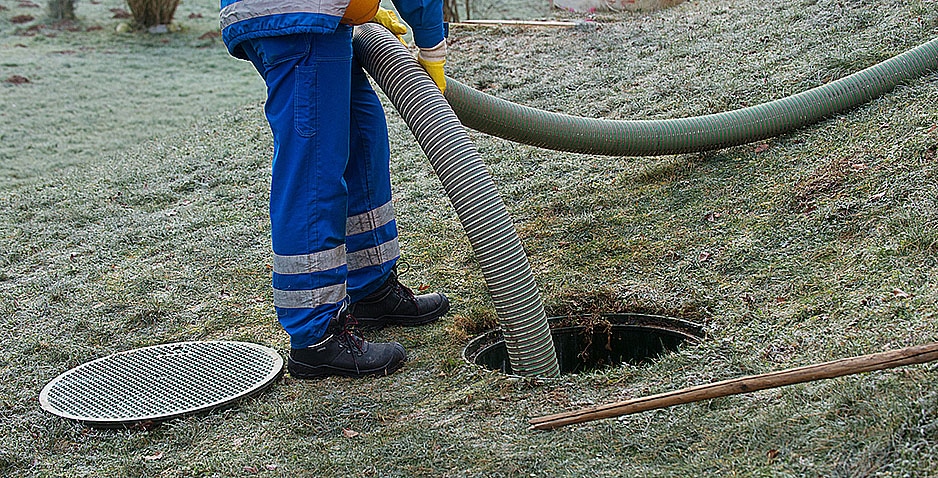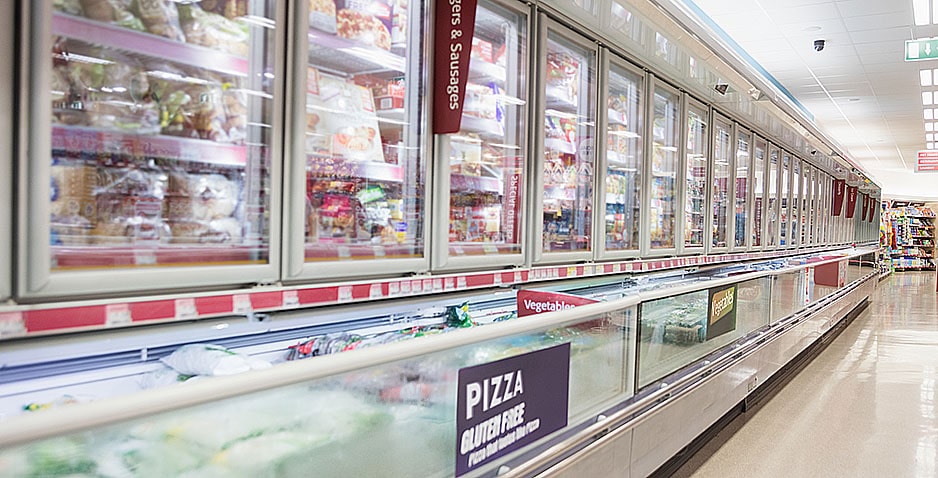Sustainable masonry practices involve using eco-friendly materials, innovative techniques, and efficient resource management to minimize the industry’s ecological footprint. You may have to detail your requirements properly to the patio contractors or reach out to those that specialize in sustainable building.
All about sustainable masonry
This article explores sustainable masonry practices that promote a greener environment, discussing material selection, waste management, energy efficiency, and more.
Types of masonry that you should know about
Let us first look at different types of masonry.
Brick Masonry
Brick masonry is the process of constructing structures using bricks and mortar. Bricks can be made from various materials, including clay, shale, and concrete. They are highly durable, fire-resistant, and energy-efficient.
Stone Masonry
It involves natural stone or manufactured stone veneer to build structures. Stone masonry is known for its aesthetic appeal, strength, and durability. There are several types of stone masonry, including ashlar, rubble, and veneer masonry.
Concrete Masonry
Concrete masonry uses concrete blocks, also known as cinder blocks or CMUs (concrete masonry units), to construct structures. These blocks are made from cement, sand, and aggregate and can be reinforced with steel bars for added strength. Concrete masonry is versatile, cost-effective, and can be used in various applications, from residential to commercial construction.
Applications of Masonry in Construction
Before moving on to sustainable masonry, let’s talk about some common applications of masonry.
Residential Construction
Masonry is widely used in residential construction for building foundations, walls, chimneys, and retaining walls. Its versatility, durability, and energy efficiency make it a popular choice for single-family homes, townhouses, and multi-unit residential buildings.
Commercial and Institutional Construction
Masonry is also used extensively in commercial and institutional construction for building exteriors, interior walls, and load-bearing walls. Examples include schools, hospitals, office buildings, and retail establishments.
Landscape and Hardscape Design
In landscape and hardscape design, masonry materials like brick, stone, and concrete are used to create walkways, patios, garden walls, and other outdoor features. Masonry provides both structural integrity and aesthetic appeal, making it an ideal choice for landscaping projects.
Material Selection: Green Alternatives for Masonry
Material selection holds crucial importance for sustainable masonry. Let us look at some options.
Recycled Aggregates
Using recycled aggregates in masonry construction can significantly reduce the demand for natural resources. These aggregates can be sourced from construction and demolition waste, industrial by-products, and even household waste. Examples include crushed concrete, reclaimed bricks, and recycled glass aggregates. By incorporating recycled aggregates into masonry projects, builders can conserve raw materials and reduce waste sent to landfills.
Natural and Locally Sourced Materials
Choosing natural and locally sourced materials can minimize the environmental impact of transportation, reduce energy consumption, and support local economies. Materials such as stone, adobe, rammed earth, and straw bales can be used to build sustainable masonry structures. Using these materials ensures that structures are made with materials compatible with the local climate, reducing the need for additional energy-intensive heating or cooling systems.
Low-embodied Energy Materials
Embodied energy refers to the total energy consumed during the extraction, production, transportation, and disposal of a material. Opting for materials with low embodied energy, such as clay and hempcrete, can reduce the overall carbon footprint of a masonry project. These materials are often renewable, biodegradable, and non-toxic, contributing to healthier indoor environments and reduced greenhouse gas emissions. You should talk about such requirements to your outdoor fireplace builders Long Island.
Masonry Techniques: Innovative Approaches to Sustainable Construction
Sustainable construction involves a number of techniques that are innovative and cost-effective. Here are some examples.
Dry Stack Masonry
Dry stack masonry eliminates the need for mortar by using interlocking blocks that are stacked directly on top of each other. This technique saves on material and water usage, reduces construction time, and improves the recyclability of masonry structures. In addition, the absence of mortar allows for better drainage and ventilation, reducing the potential for mold growth and contributing to improved indoor air quality.
Prefabrication and Modular Construction
Prefabrication and modular construction techniques can minimize waste, reduce on-site labor, and increase construction efficiency. By manufacturing masonry components off-site in a controlled environment, these techniques also ensure greater precision and quality control. As a result, prefabricated and modular masonry systems can be installed more quickly, reducing overall construction time and energy consumption.
Permeable Paving
Permeable paving is a sustainable masonry technique that allows water to infiltrate the ground rather than running off into storm drains. This can help reduce flooding, decrease urban heat island effects, and recharge groundwater supplies. Permeable paving materials include pervious concrete, porous asphalt, and permeable interlocking concrete pavers.
Waste Management: Reducing, Reusing, and Recycling
Sustainability requires proper waste management that includes re-using and recycling materials. Here are some possible ways to manage the waste.
On-site Waste Reduction
Sustainable masonry practices involve minimizing waste generated during the construction process. This can be achieved through careful planning and design, precise material estimation, and implementation modular construction techniques. Additionally, on-site waste segregation can facilitate recycling and repurposing efforts, further reducing the volume of waste sent to landfills.
Material Reuse and Recycling
Materials can be reused or recycled to reduce waste and conserve resources during a masonry project. For instance, broken bricks and blocks can be used as fill materials or aggregate in concrete, while reclaimed bricks can be repurposed for new masonry projects. In some cases, reclaimed bricks can even be more aesthetically appealing than new ones, adding a unique character to a building’s design.
Deconstruction and Salvage
Rather than demolishing old structures, deconstruction can be employed to systematically dismantle them and salvage valuable materials for reuse in new projects, thus reducing waste and conserving resources. Deconstruction not only diverts waste from landfills but also preserves the embodied energy of the salvaged materials, leading to further energy savings.
Energy Efficiency: Passive Design and Insulation
Lastly, any sustainable masonry project will be incomplete without ensuring proper energy efficiency.
Passive Solar Design
Sustainable masonry practices should incorporate passive solar design principles to maximize energy efficiency. This includes optimizing building orientation, window placement, and shading devices to harness sunlight for natural heating, cooling, and daylighting. Properly designed masonry structures can capitalize on their inherent thermal mass properties to regulate indoor temperatures and reduce the need for mechanical heating and cooling systems.
Thermal Mass and Insulation
Masonry materials with high thermal mass, such as stone and brick, can absorb and store heat to stabilize indoor temperatures. Combining high thermal mass materials with insulation materials like hempcrete, straw bales, or aerated concrete blocks can further improve a building’s energy efficiency. This combination can lead to significant reductions in greenhouse gas emissions.
Conclusion
Sustainable masonry practices are vital for reducing the environmental impact of the construction industry. By implementing eco-friendly materials, waste management strategies, and energy-efficient techniques, masonry projects can become more sustainable and contribute to a greener future. Embracing these practices not only benefits the environment but can also result in cost savings, improved building performance, and enhanced occupant health and well-being. By prioritizing sustainability, the masonry industry can play an essential role in addressing the global challenges of climate change and resource depletion. So, reach out to sustainable masonry contractors Port Jefferson today.



